The 2023 LCGC Salary Survey: How Workers Are Navigating A Tough Economic Landscape
The fallout from the Covid-19 global pandemic remains in progress in 2023. Because of the current ongoing global recession, we anticipated that many workers would be concerned about their current jobs and how to adjust to rising inflation. In this year’s LCGC Salary Survey, we sought to explore these topics. In addition to compiling information about the average salary trends and reported on how these trends compare to previous years, we focused this edition of our questionnaire on the current economy, asking respondents to offer their opinions on whether a recession is taking place where they reside, and what impact it is having on them mentally and financially. The results from our survey indicate that anxiety about the current state of the economy was on respondents’ minds in 2023.
Similar to previous years, we analyzed all salaries submitted which ranged from US $15,000 and $250,000. The average salary for chromatographers in 2023 was $82,853.70; compared to 2022, this represents an 8.7% decrease (1). However, it is important to note that the decrease in earnings can be attributed to factors other than separation science salaries are simply dropping. Approximately 18% of respondents had 20 or more years of experience (21.1% of respondents in 2022 had at least 20 years [1]), which means part of the drop in earnings is reflective of a younger workforce. We also received more responses this year from respondents who experienced a salary decrease (57.7%) compared to 2022 (29%) (1). Given the size of our respondent pool, the figures do not necessarily indicate that salaries on a broader scale in separation science is dropping; it merely illustrates that out of those in our respondent pool, many of them skewed younger in terms of experience, and more were experiencing decreases in their yearly compensation.
Many separation scientists (82%) responded that their current work environments were better than the previous year, which was one encouraging trend we saw in the data compiled. In 2022, this figure was 74.3% (1). However, many respondents (79.3%) still expressed an interest in seeking better employment opportunities beyond their current job, which was up from 2022 (73%) (1).
There were several reasons that respondents cited for seeking these new opportunities. In 2023, the two top reasons cited by those seeking alternative employment were seeking a higher salary (31.1%) and looking for a new challenge (13.5%). On the other hand, respondents who were not seeking to leave their current jobs cited a convenient work location (20.3%) and a good salary (15.3%) as reasons to remain at their current jobs.
We also asked respondents to give their thoughts on the current job market for separation scientists and assess their own job security. Overall, respondents were mostly positive. There were approximately 76% of respondents who categorized the current employment market as either “excellent” or “good.”
Given the current economic climate, we also wanted to explore how respondents felt about their own job security and compare those numbers to what respondents stated last year, to see if separation scientists had more or less confidence in their job security compared to 2022. Many respondents (42.3%) indicated that there was no change in their job security over the previous year, which was up from 26% of respondents in 2022 (1). There were 27% of respondents who felt less secure in their jobs (40% in 2022) and 30.6% of respondents felt more secure in their current jobs (34% in 2022) (1).
The 2023 LCGC North America Salary and Employment Survey was available online from April 25th to May 24th. We received a total of 222 responses from separation scientists who were at various stages of their careers. Out of the 222 respondents, 32.9% had 5–9 years of experience; 18.5% had 10–15 years of experience; 17.6% had fewer than five years of experience; 13.1% had 16–20 years of experience; 11.7% had 21–35 years of experience; 4.1% had 36–40 years of experience; and 2.3% had 41 years or more of experience. Regarding the gender breakdown of respondents, 64.9% were male, 33.8% were female, and 1.4% preferred not to answer. For the type of organization that respondents worked for, the majority (52.3%) worked in industry. The rest of the respondents worked in academic institutions (18.9%), government or nationally funded laboratories (14.9%), military organizations (7.7%), or other industries (6.3%). Respondents came from 10 countries: Belgium, Bulgaria, India, Italy, Nigeria, Poland, Russia, The Netherlands, the United Kingdom, and the United States.
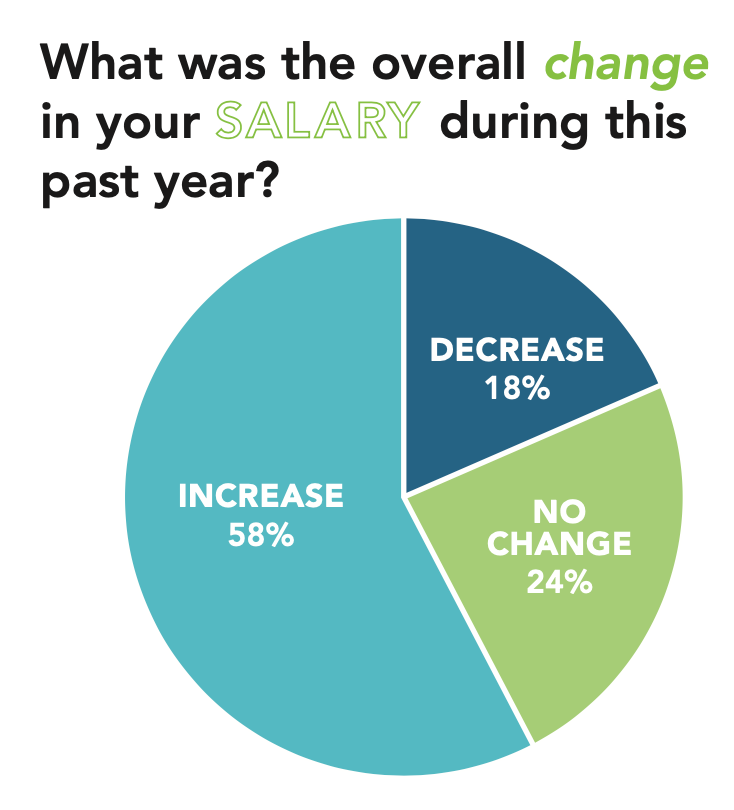
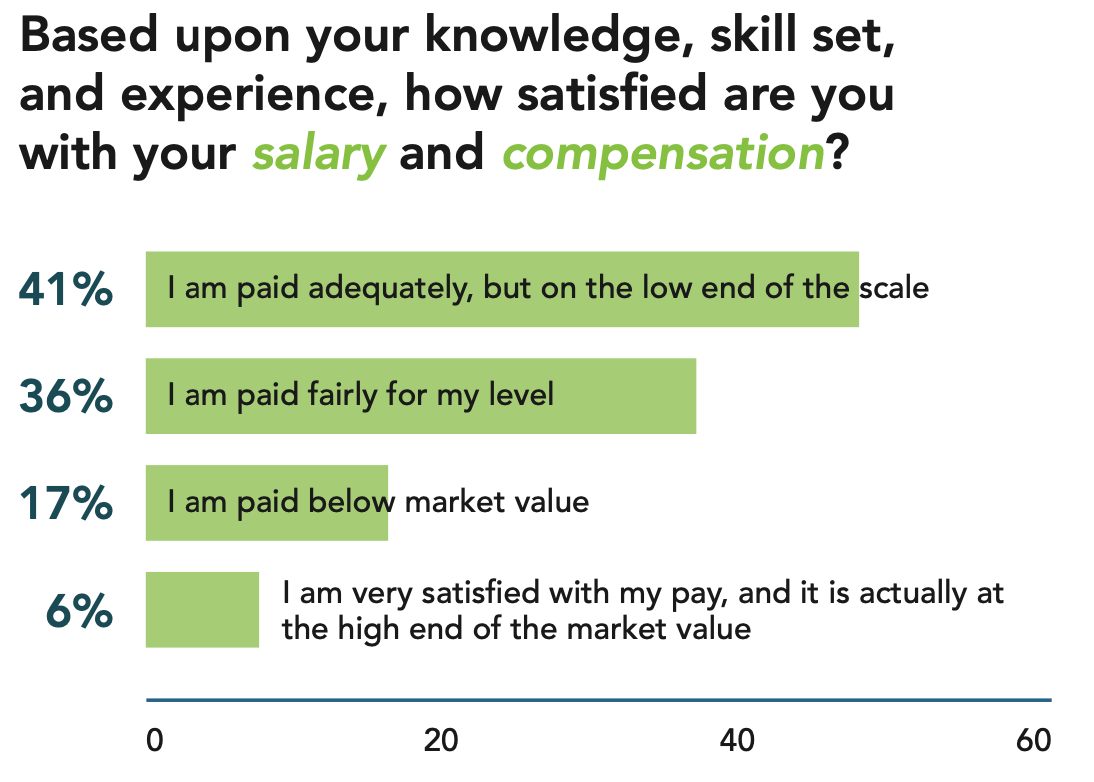

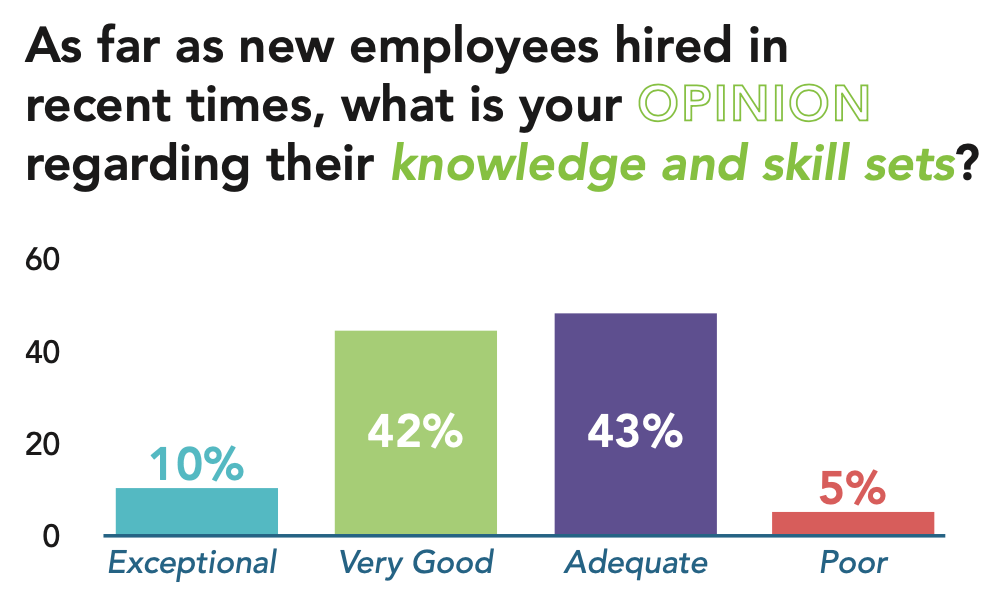
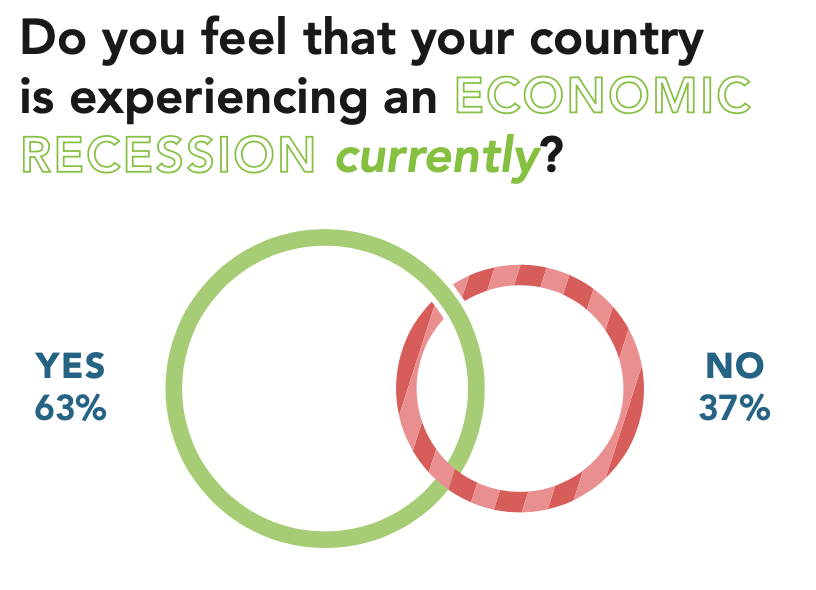


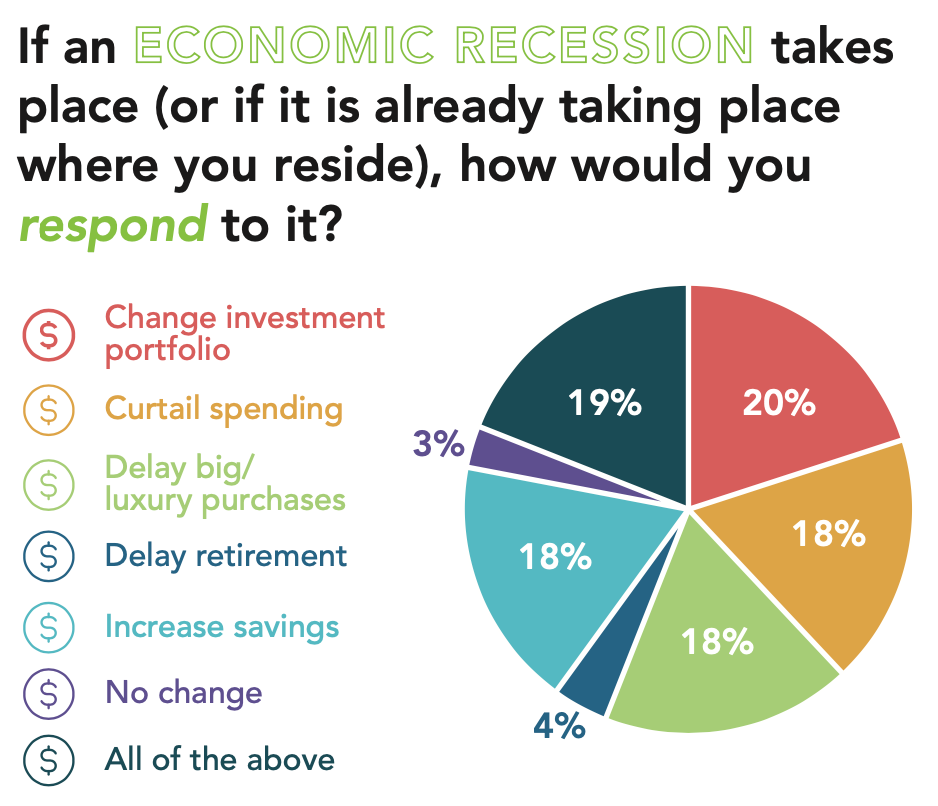

Reference
(1) Wetzel, W. LCGC Employment and Salary Survey 2022: Exploring the Current Mood. LCGC North Am. 2022, 40 (12), 587. DOI: 10.56530/lcgc.na.hi5270e3
Will Wetzel is an editor with LCGC and Spectroscopy. Direct correspondence to: wwetzel@mjhlifesciences.com.
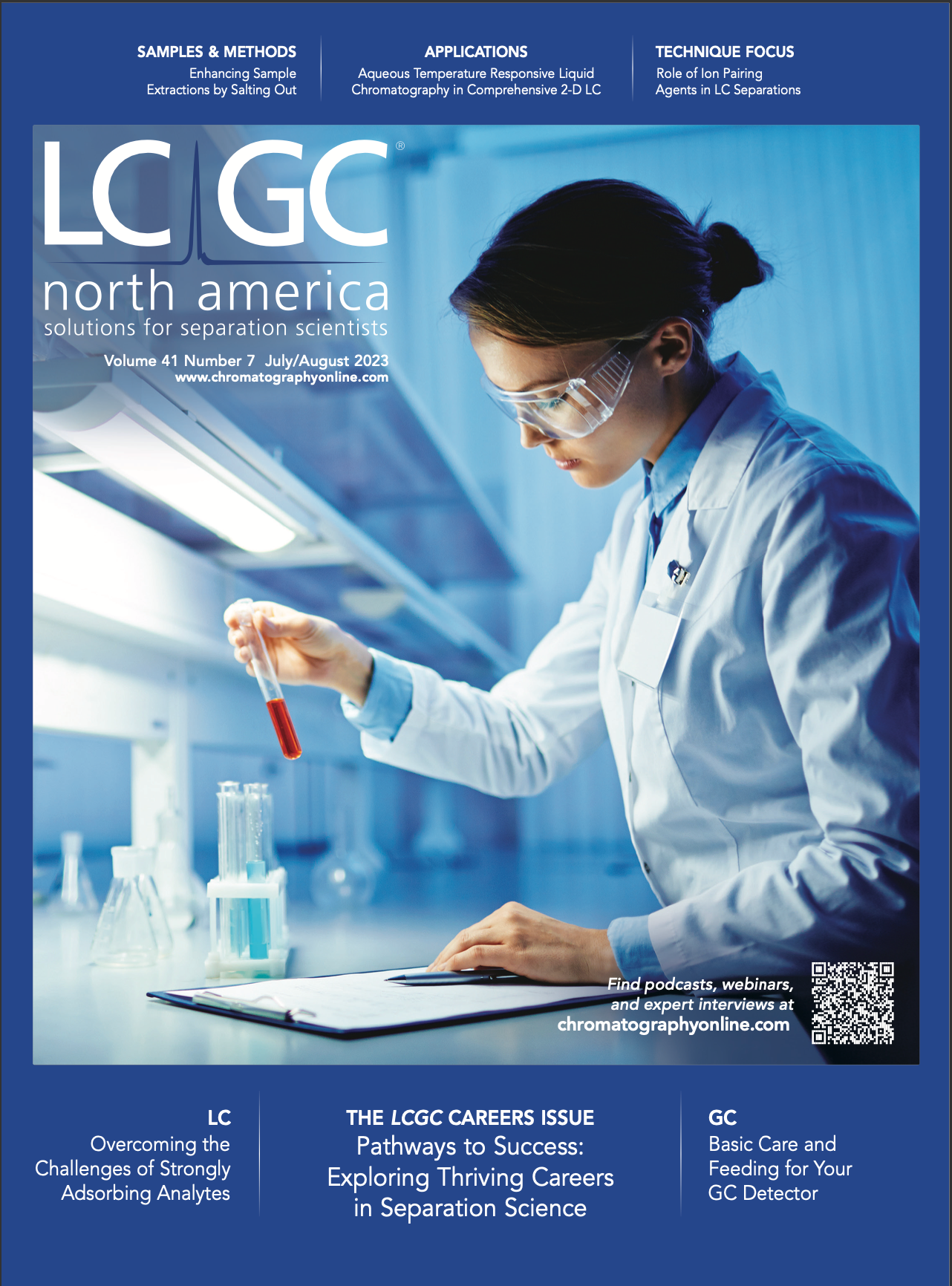

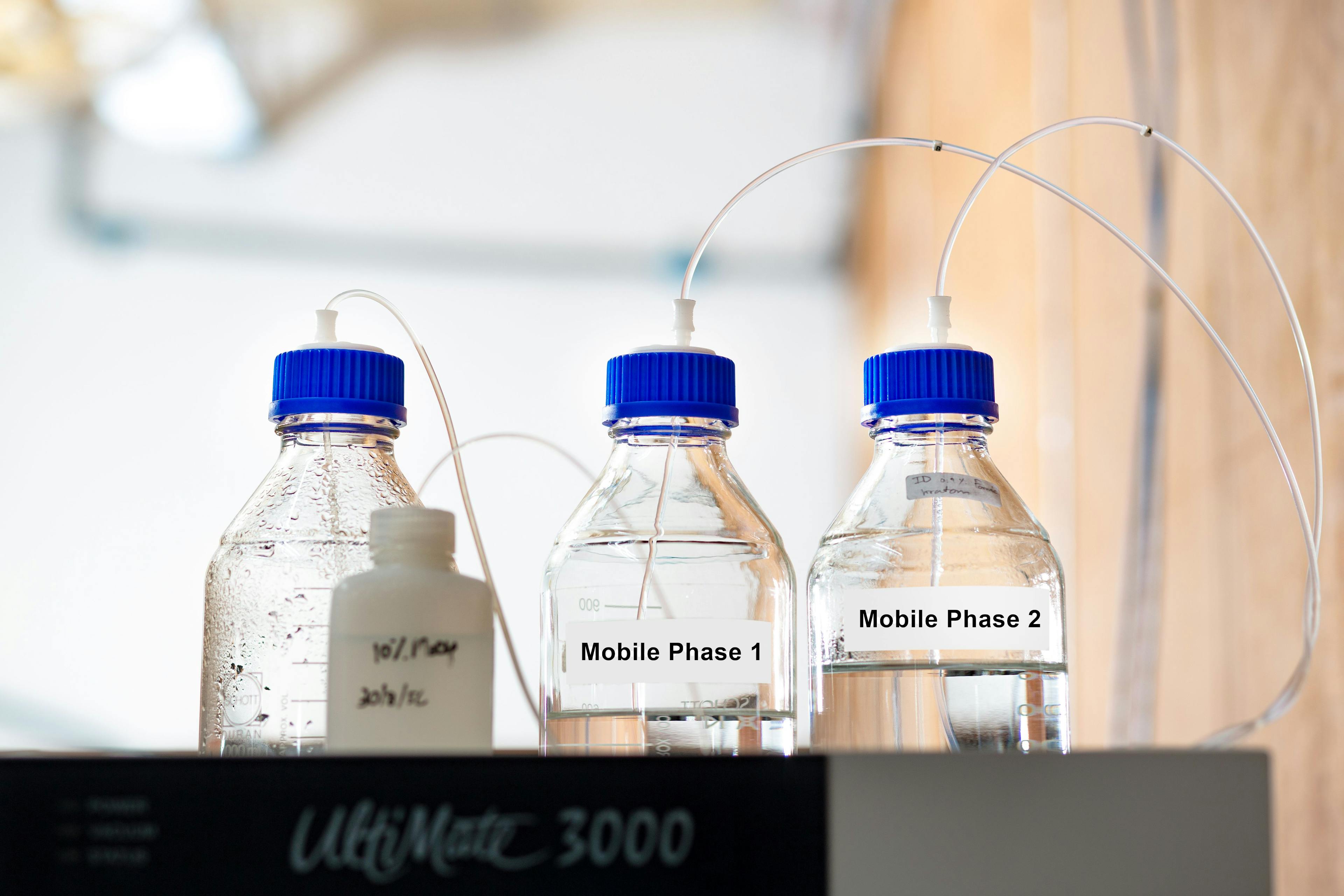













The 2025 Lifetime Achievement and Emerging Leader in Chromatography Awards
February 11th 2025Christopher A. Pohl and Katelynn A. Perrault Uptmor are the winners of the 18th annual LCGC Lifetime Achievement and Emerging Leader in Chromatography Awards, respectively. The LCGC Awards honor the work of talented separation scientists at different stages in their career (See Table I, accessible through the QR code at the end of the article). The award winners will be honored during an oral symposium at the Pittcon 2025 conference held March 1-5, in Boston, Massachusetts.
USP CEO Discusses Quality and Partnership in Pharma
December 11th 2024Ronald Piervincenzi, chief executive officer of the United States Pharmacoepia, focused on how collaboration and component quality can improve worldwide pharmaceutical production standards during a lecture at the Eastern Analytical Symposium (EAS) last month.
The 2025 Lifetime Achievement and Emerging Leader in Chromatography Awards
February 11th 2025Christopher A. Pohl and Katelynn A. Perrault Uptmor are the winners of the 18th annual LCGC Lifetime Achievement and Emerging Leader in Chromatography Awards, respectively. The LCGC Awards honor the work of talented separation scientists at different stages in their career (See Table I, accessible through the QR code at the end of the article). The award winners will be honored during an oral symposium at the Pittcon 2025 conference held March 1-5, in Boston, Massachusetts.
USP CEO Discusses Quality and Partnership in Pharma
December 11th 2024Ronald Piervincenzi, chief executive officer of the United States Pharmacoepia, focused on how collaboration and component quality can improve worldwide pharmaceutical production standards during a lecture at the Eastern Analytical Symposium (EAS) last month.

.png&w=3840&q=75)

.png&w=3840&q=75)



.png&w=3840&q=75)



.png&w=3840&q=75)